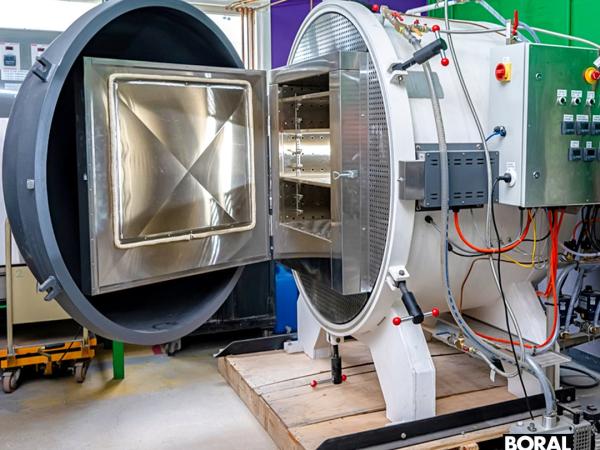This humble piece of kit, in the affectionally titled Carbon Capture and Storage (CCS) Lab, is helping our Sustainability and Innovation team further understand the process of mineral carbonation and its exciting potential application to decarbonising cement and concrete manufacturing.
In this steel chamber, material including our recycled concrete aggregates get subjected to varying temperature and levels of carbon dioxide to simulate the process of recarbonation which allows capture and permanent storage of carbon dioxide in the material.
“While supporting our efforts to optimise the mineral carbonation process as a carbon capture and storage technology, this chamber also helps us validate and gain a better understanding of natural recarbonation of concrete.”
Dr Ali Nezhad, Head of Sustainability and Innovation.

“Recarbonation of concrete occurs over many years and it involves the calcium hydroxide in hydrated cement – the main binder in concrete – reacting with carbon dioxide that’s in the air to form calcium carbonate. By extension – and put simply –
concrete used to construct office blocks, buildings, bridges and infrastructure absorbs and captures carbon dioxide,” Ali said.
Recarbonation has been acknowledged and confirmed by the Sixth Assessment Report of the United Nation’s Intergovernmental Panel on Climate Change, and the extensive testing performed using this carbonation chamber is part of our efforts to examine its efficacy as a form of carbon capture, and advocate for its recognition here in Australia.

